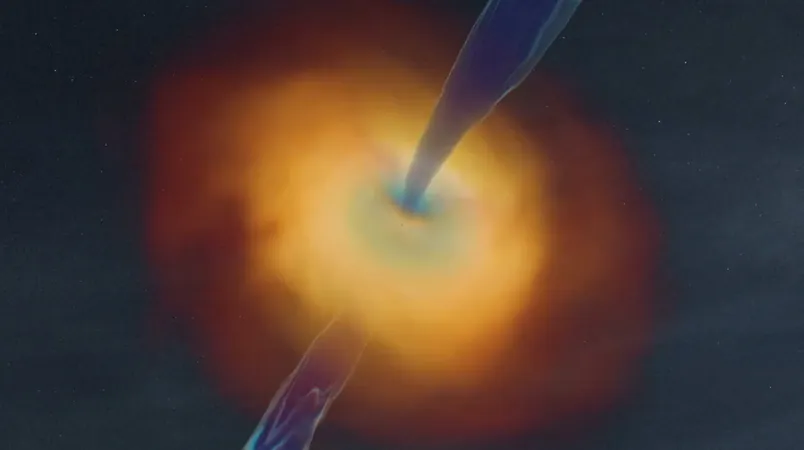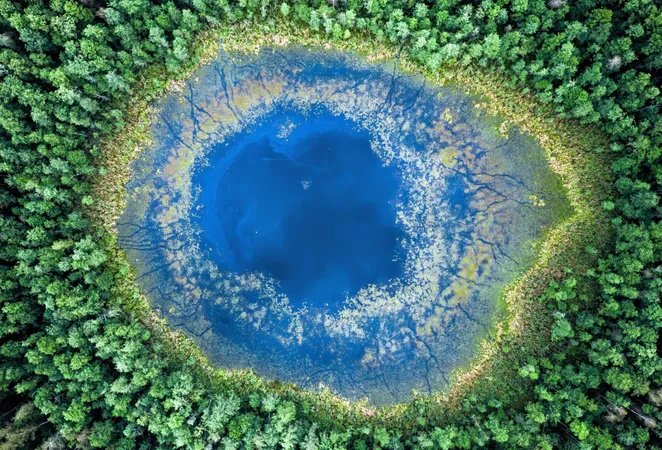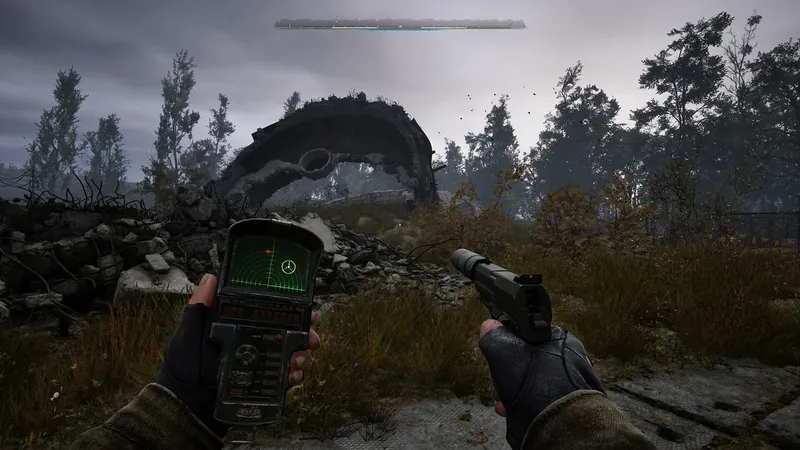
Groundbreaking Discovery: Black Holes Inherit Magnetic Fields from Their Stellar Parents!
2024-11-18
Author: Sophie
Black holes have mystified scientists and the public alike for ages.
Known as cosmic vacuum cleaners, they consume everything in their vicinity— with no escape, not even light. Yet, they also unleash spectacular jets of charged particles, creating extraordinary gamma-ray bursts that can outshine entire galaxies in just moments. The source of this incredible magnetism, however, remained an elusive puzzle—until now.
In a groundbreaking study published in The Astrophysical Journal Letters, researchers at the Flatiron Institute have illuminated the origin of black holes' magnetic fields, revealing that these intense magnetic forces actually originate from the collapsing stars that birthed them. The significance of this revelation, reported on November 18, cannot be overstated—it challenges long-held beliefs and paves the way for novel understandings of cosmic phenomena.
The Birth of Black Holes
When massive stars reach the end of their life cycle, they can explode in a supernova, leaving behind a dense remnant known as a proto-neutron star. "Proto-neutron stars are essentially the precursors to black holes. As they collapse under their own gravity, they give rise to black holes while carrying with them powerful magnetic fields," explains Ore Gottlieb, the study's first author and a research fellow at Flatiron's Center for Computational Astrophysics (CCA) in New York City.
Unlocking the Magnetic Mystery
The research team initially aimed to simulate the lifecycle of a star from its birth to its eventual demise as a black hole, including the outflows generated by the black hole that give rise to the explosive jets we observe. However, they quickly encountered challenges. Previous models had largely considered isolated neutron stars and black holes, which overlooked the crucial role of magnetic fields during collapse.
"Many scientists assumed magnetic fields dissipated during the black hole formation process,” Gottlieb noted. “But we discovered that the surrounding material of a neutron star—a disk formed by its own gravity—helps preserve and anchor these magnetic fields into the newly formed black hole."
Essentially, as the neutron star collapses, a portion of its magnetic field gets transferred to the black hole, providing it with the energetic characteristics necessary for generating its characteristic jets and gamma-ray bursts.
What's Next for Cosmic Research?
This finding not only solves a mystery but transforms our understanding of how black holes can produce such powerful jets. It suggests that the conditions allowing for jet formation are more prevalent than previously believed, potentially extending our discoveries to various stellar populations across the universe.
"This study opens a new avenue in jet formation research," Gottlieb elaborated. “It prompts us to reconsider how we classify star systems and their behavior. If early disk formation assures magnetic inheritance, we might discover more about the interconnectedness of cosmic entities and their explosive phenomena.”
The collaborative efforts of the research team, along with advanced computational resources at the CCA, played a pivotal role in this transformative study that promises to influence astronomical research for years to come. With every revelation, we inch closer to unlocking the secrets of the universe—black holes included.









 Brasil (PT)
Brasil (PT)
 Canada (EN)
Canada (EN)
 Chile (ES)
Chile (ES)
 España (ES)
España (ES)
 France (FR)
France (FR)
 Hong Kong (EN)
Hong Kong (EN)
 Italia (IT)
Italia (IT)
 日本 (JA)
日本 (JA)
 Magyarország (HU)
Magyarország (HU)
 Norge (NO)
Norge (NO)
 Polska (PL)
Polska (PL)
 Schweiz (DE)
Schweiz (DE)
 Singapore (EN)
Singapore (EN)
 Sverige (SV)
Sverige (SV)
 Suomi (FI)
Suomi (FI)
 Türkiye (TR)
Türkiye (TR)